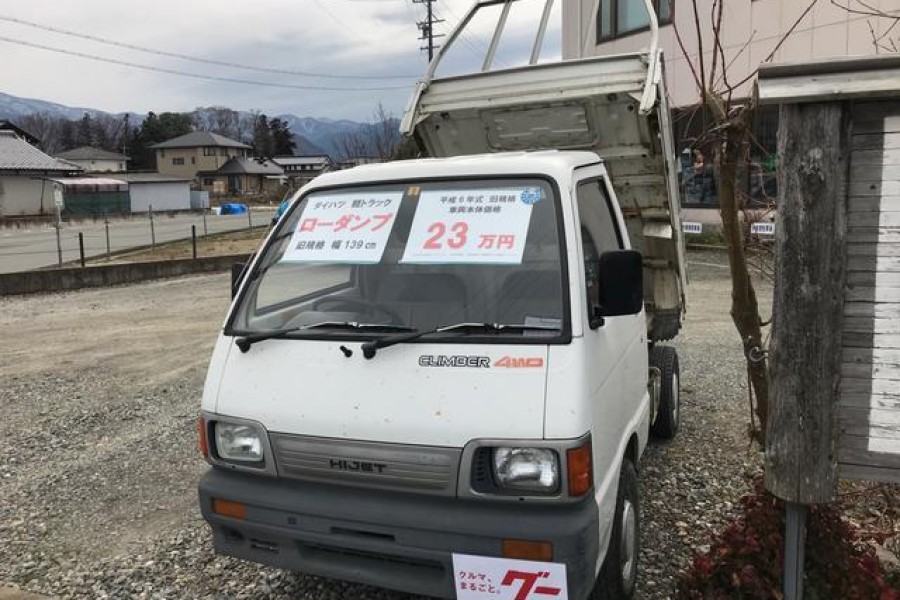How To Replace A Headlight Bulb Of A Truck
Your truck’s headlight is one of the essential lights you will need at night and during harsh weather conditions. When one of your truck’s headlight bulb blows off, your truck will look cheaper and poorly maintained, you will attract the traffic police, and your visibility will reduce at night.
Replacing your headlight bulb is one of the most uncomplicated basic maintenance you can perform on your truck. Being easy does not mean you can blindly perform it. You will need special tools and proper knowledge of what is going on under the hood of your truck. If it is the first time to replace your truck’s headlights, then this guide will give you insightful information.
Replacing the Headlight Bulb of Your Truck
You need a socket set, screwdriver set, Needle-nose pliers, and a flashlight. It is better to be safe when you work around the engine bay. Consider wearing protective gloves and disconnecting the battery when working on electronics. Here is the procedure for replacing your headlight.
Disconnect the Negative Battery Terminal
Before disconnecting the negative terminal of your battery, ensure your truck’s engine is off and completely cooled down.
Create More Space
Sometimes, you will need to remove your truck’s battery to access the headlight bulb. While in other trucks, you will need to remove the fluid tubes. Creating space will let you work without dropping the bulb in the engine bay.
Disconnect the Headlight Connector, and then Disconnect the Bulb
Accessing the headlight closure varies depending on the type and model of your truck, but everything will start from the back of the headlight housing. There is a plug connected to the headlight. Locate it and disconnect it. When you twist the connector in some trucks, the bulb will come out from its housing.
Fix the New Bulb
You should never touch the bulb with your bare hands. Use the base of your new headlight bulb to fix it. Ensure the fixing is done correctly.
Reassemble Everything
After ensuring that your bulb is firmly fixed, and secure, put back the headlight housing, plug it into the connector and connect everything you disconnected to create room. Connect your battery and tighten everything.
Test Your New Headlight
After ensuring everything is well connected, turn on the high and low beams. Just to be sure that the bulb is working properly. If it is dark, ensure the bulb is sitting correctly to distribute light evenly.
Conclusion,
The process of replacing the headlight bulb for a truck varies depending on the type and model of your truck. The above are some universal steps that you will follow when working on the headlight of every truck. The above procedure is universal for the replacement of traditional headlights. The procedure is relatively different if your truck has LED headlights or Xenon lights. In such a case, take your truck to a professional or check the user manual to perform the procedure successfully. If your bulbs are not bright, it is essential check your lenses and clean any debris that maybe on them.



